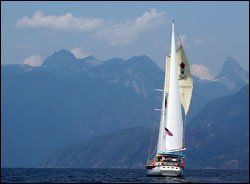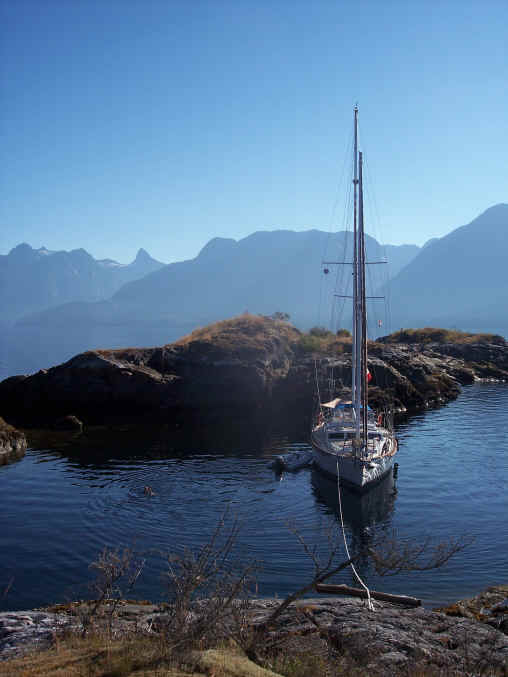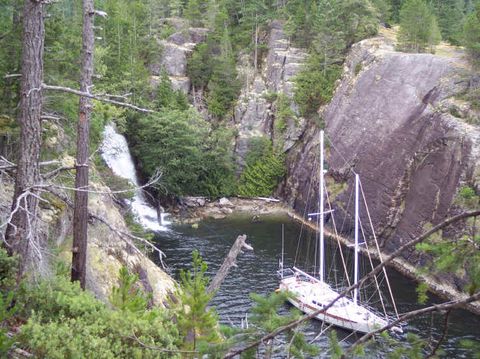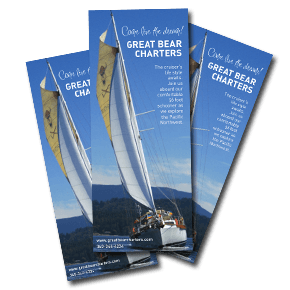Desolation Sound
Desolation Sound
by Lynn Ove Mortensen
by Lynn Ove Mortensen

A rugged shoreline and magnificent seascapes combine to make this destination a must for any guest.
Desolation Sound, named by Captain George Vancouver, seems a poorly chosen moniker for what is arguably the most popular cruising destination on the Pacific Coast. When Vancouver encountered the deep mountain-rimmed basin in 1792, rain clouds must have shrouded its mile-high snow capped peaks.

But, from May to September, except for the occasional passing weather fronts, the sun beats on Desolation’s coastline, infusing a golden glow and sharpening the jagged skyline as it slides westward to sink below Vancouver Island. Much of the sound is now protected as a marine park, resulting in an awesome display of untouched natural wonders. During the months of July and August, the central tidal positioning combined with the warming of the precipitous granite shoreline produces a thermal effect bringing the temperature in the sound to an enticing 75 to 80 degrees, ideal for swimming and snorkeling.

While the park has no facilities, fuel or groceries, amenities can be found at nearby Lund to the south, Refuge Cove on West Redonda Island, and Squirrel Cove on Cortez Island to the west.
Cruisers enjoy many stories about early hand loggers and several old bachelors who lived on these isolated shores. But except for one or two plots of arable land in the Sound itself and the gentler shores of Malaspina Inlet, the terrain is too steep to have offered preemption possibilities.
Despite rocky and steep shores, there are gentle gravel beaches if one looks hard enough. Short hikes lead to two warm, fresh water lakes. Ancient native pictographs wait on stone faces camouflaged by fir and arbutus.
Akin to its mountainous terrain, steep hills give way to extreme depths thus becoming a prime habitat for deep water delicacies such as gigantic prawns and red snapper. Near the surface, oysters abound making for a culinary dream come true. Bald eagles, seals and whales represent some of the wildlife than can be witnessed from our decks. For the lucky, black bear can be seen swimming from island to island or foraging for delicacies along the shoreline.
Several float plane services run regular scheduled flights into the Sound. In this part of the B.C. coast the warm season is longer, extending from early June well into September. Those who choose to travel in the off season can be rewarded with solitude. The majority of the cruising crowds have already headed south, leaving you perfectly alone in this incomparable wonderland that is, Desolation Sound.
Green For Real, Not For Feel
Over 95% of our local day sails are completed without burning one drop of fossil fuel!
Over 95% of our local day sails are completed without burning one drop of fossil fuel!
